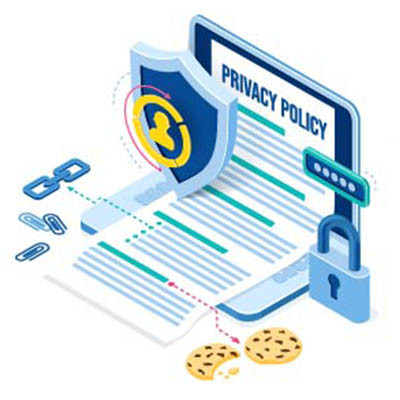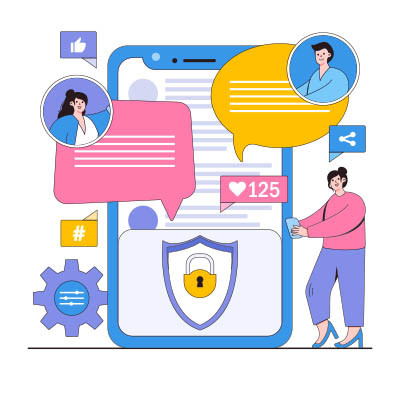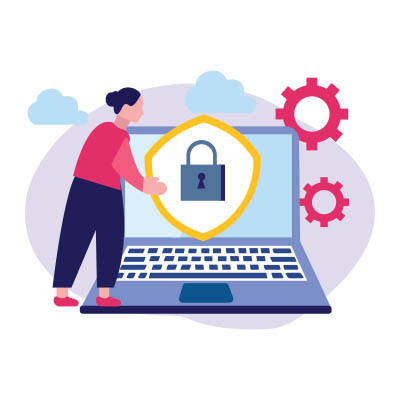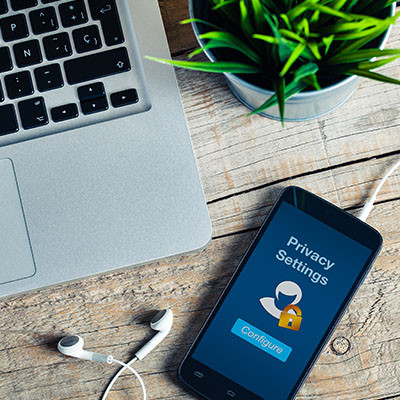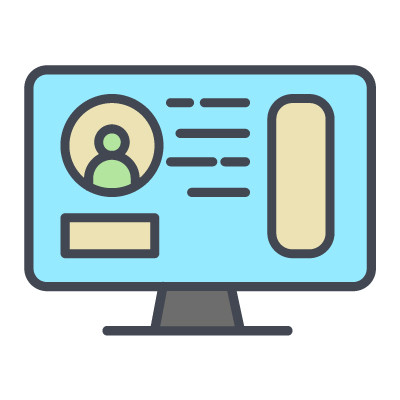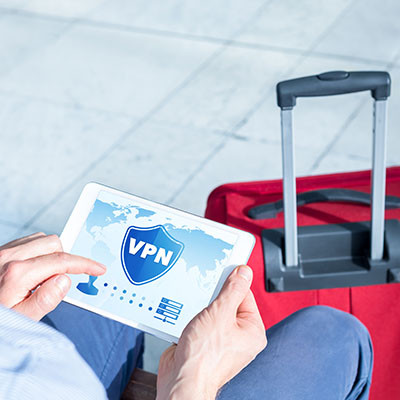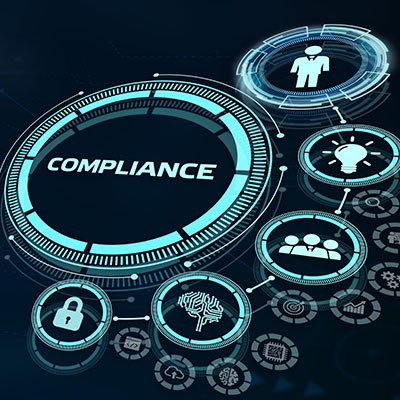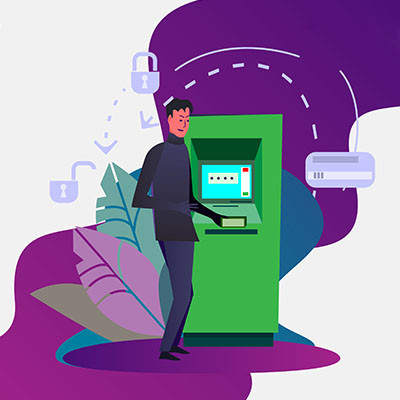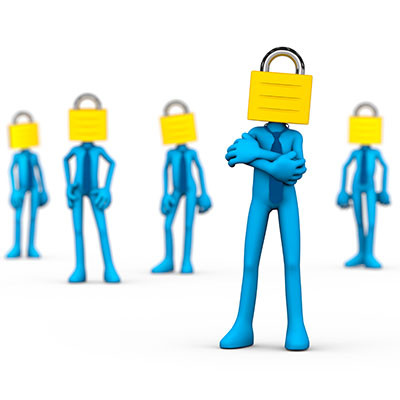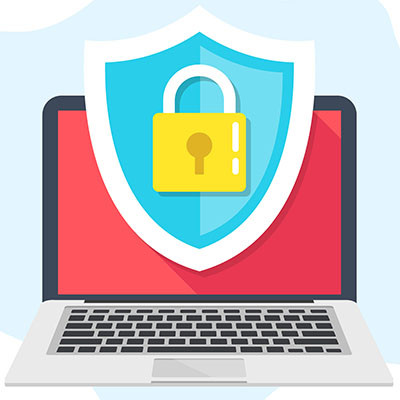We've all been there. You're trying to quickly find that one photo from your vacation, or that important PDF for work, and you end up endlessly scrolling through a digital wasteland of screenshots, random downloads, and duplicates. Our smartphones have become extensions of ourselves, but without proper care, they can quickly turn into cluttered, inefficient tools that cause more frustration than they solve.
Datalyst Blog
We all know companies collect a lot of data. After all, your business is no exception to this rule, and you likely collect significant consumer data to facilitate operations. But if you get the itch to protect your personal privacy (and you should), there are ways to limit how much advertisers, criminals, and other companies can gain access to. Here are just a couple of ways.
Many people still underestimate the importance of cybersecurity and data privacy, putting themselves and others at risk. Most individuals are accustomed to sharing personal information online, whether through social media, e-commerce platforms, or various digital services. However, this lack of caution can lead to serious security breaches, identity theft, and even financial fraud. When people fail to take basic security measures, such as using strong passwords or enabling two-factor authentication, they create vulnerabilities that malicious actors can exploit. These weaknesses don’t just impact them personally but also expose organizations and communities to cyberattacks.
You don’t want to get spammed; nobody does. Unfortunately, it happens to EVERYONE, and it’s just getting worse. All this unwelcome correspondence happens over the phone, through email, and especially on social media. In today’s blog, we’ll talk a little bit about how social media puts users at risk and what you can do to keep that risk from becoming a problem for you.
When hackers steal data, they don't just sit on it. Sometimes they delete it, but most of the time, they sell it or use it for illegal activities. A lot of this stolen data ends up on the Dark Web, a hidden part of the Internet where people do shady things. That's why it's so important to keep an eye on the Dark Web to protect your business.
As technology continues to gain prominence in healthcare, it plays an increasingly vital role. Advancements in technology have allowed the healthcare industry to stabilize costs, improve access, and personalize care delivery—objectives that were challenging in the past. These benefits come with a potential downside: data privacy issues, which are becoming more concerning as technology advances.
Facebook remains one of the most visited places on the Internet. Meta (the parent company to Facebook) also features WhatsApp and Instagram on their roster and has faced numerous security and privacy failings over the years. In this week’s blog, we’ll take a brief look at some of the most noteworthy.
Hackers are always on the lookout for personally identifiable information, or PII, as it’s an immensely lucrative resource. You’ll need to protect it if you want your business to continue operating safely and efficiently. Let’s go over what PII entails and what kinds of data you might find under this term.
Traveling with tech gadgets has become a norm in today's digital age. However, this convenience comes with its own set of challenges. From securing your devices against physical theft to protecting your data from cyberthreats, there's a lot to consider.
In this guide, we'll explore practical tips and strategies to help you protect your tech while on the move.
Your business is likely subject to certain compliance laws and regulations depending on the type of data you collect from your clients or customers. Today, we want to emphasize the importance of your business considering regulation and compliance when managing its data and IT resources, as without doing so, you run considerable risk.
Digital monitoring is a bit of a contentious topic in business, but according to a survey from Gartner, it might not be as contentious of a topic as previously thought. In fact, employees are often in favor of digital monitoring under the appropriate circumstances, as long as it doesn’t get in the way of their jobs.
There tends to be a few very specific ideas of what a hacker looks like, primarily thanks to popular culture. Whether one pictures a hooded figure furiously typing in a darkened technology haven, or a social outcast that has made camp in his parents’ basement, there is a predisposition (almost a prejudice) that warps our perspective of cyberattacks and those who carry them out. This is perhaps what makes them so dangerous to businesses.
It probably isn’t a question you’ve put much thought to, but tell me: who do you think feels the greatest impact from card skimming schemes, where a payment card’s data is captured so a cybercriminal can make use of the card’s associated account? While it isn’t a good situation for anyone, some are impacted more than others.
The Bay State has some of the most comprehensive data privacy laws in place, with additional legislation being debated at the time of this writing. Considering the projections concerning how cybercrime is expected to grow, it only makes sense to pay attention to how these laws take shape and could impact your business.



